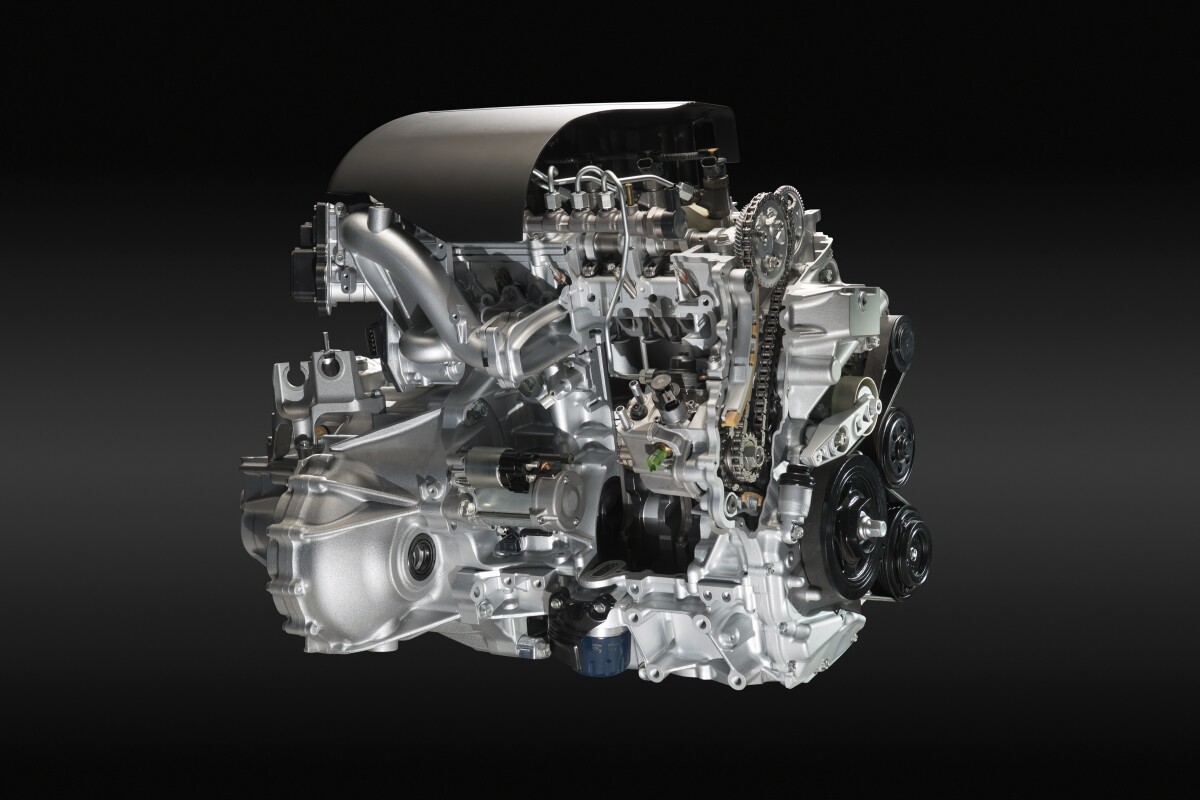Honda apparently wants to show that good things come in small packages, so it's announced that it will be installing its 1.6-liter i-DTEC diesel engine in the 2013 Civic manufactured at the company’s facility in Swindon, U.K. Specifically designed for the European market, the 1.6-liter i-DTEC is the lightest in its class, yet puts out 120 PS (118 bhp) and 300 Nm (221 ft-lb) of torque.
The 1.6-liter i-DTEC is the product of Honda’s Earth Dreams Technology program and was developed using a ground-up approach based on improving a broad front of small details. The engine is intended to not only put a respectable amount of power from a small package, but also to be environmentally friendly with a fuel economy of 78.5 mpg (3 l/100 km) and carbon dioxide emissions of 94 g/km.
Each individual component was redesigned and manufactured with an eye on reducing weight and size until the 1.6-liter i-DTEC was 47 kg (103.6 lb) lighter than Honda’s 2.2-liter i-DTEC. It has an aluminum cylinder head joined to an open deck aluminum block, with the distance between the cylinders having been reduced. The cylinders are only 8 mm thick and the engine uses lighter pistons and connecting rods than the 2.2 liter version.
Another factor was reducing friction by various redesigns, such as a shorter and thinner piston skirt. This means that at 1500 rpm, the 1.6-liter i-DTEC produces about 40 per cent less friction than the 2.2-liter i-DTEC.

“This not only reduces emissions and improves fuel efficiency; it also improves the engine’s response, both on and off the throttle, making the car more fun to drive,” said Tetsuya Miyake, Project Leader for the 1.6-liter i-DTEC engine. “We have reduced the mechanical friction of the engine to the level equivalent of an existing petrol engine, which is an outstanding achievement.”
The 1.6-liter i-DTEC also boasts a fourth generation Garrett turbocharger with variable-nozzle design and electronics to make it respond faster to throttle changes. According to Honda, this provides an “optimal combination of low- to mid-range pull and high-speed performance.”
Another feature of the engine is a Bosch solenoid injection system with 1800 bar of pressure so that the fuel is injected faster with finer atomization for cleaner, more efficient combustion. This is augmented by a high intake flow and a high swirl head port to reduce hot spots. There is also an exhaust gas recirculation system that operates at high and low pressure to reduce mono-nitrogen oxide emissions.
Honda of the UK Manufacturing (HUM) at Swindon has been retooled for the 1.6-liter i-DTEC and is capable of producing up to 500 engines a day – that’s one every 138 seconds. The new line will produce both the new 1.6-liter i-DTEC and the existing 2.2-liter i-DTEC engines. The 1.6 liter version will also be used in the CR-V later next year and eventually the technology will be adopted by all of Honda’s power trains. In the meantime, it will be interesting to see how well the Civic performs with its new diesel powerplant.
Honda's 1.6-liter i-DTEC engine is explained in the video below.
Source: Honda



















